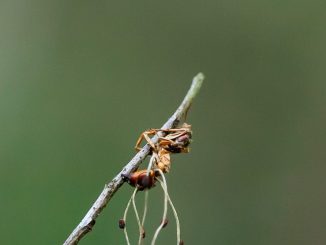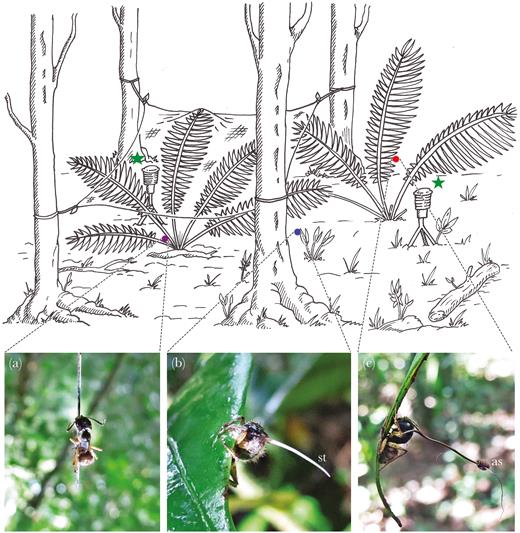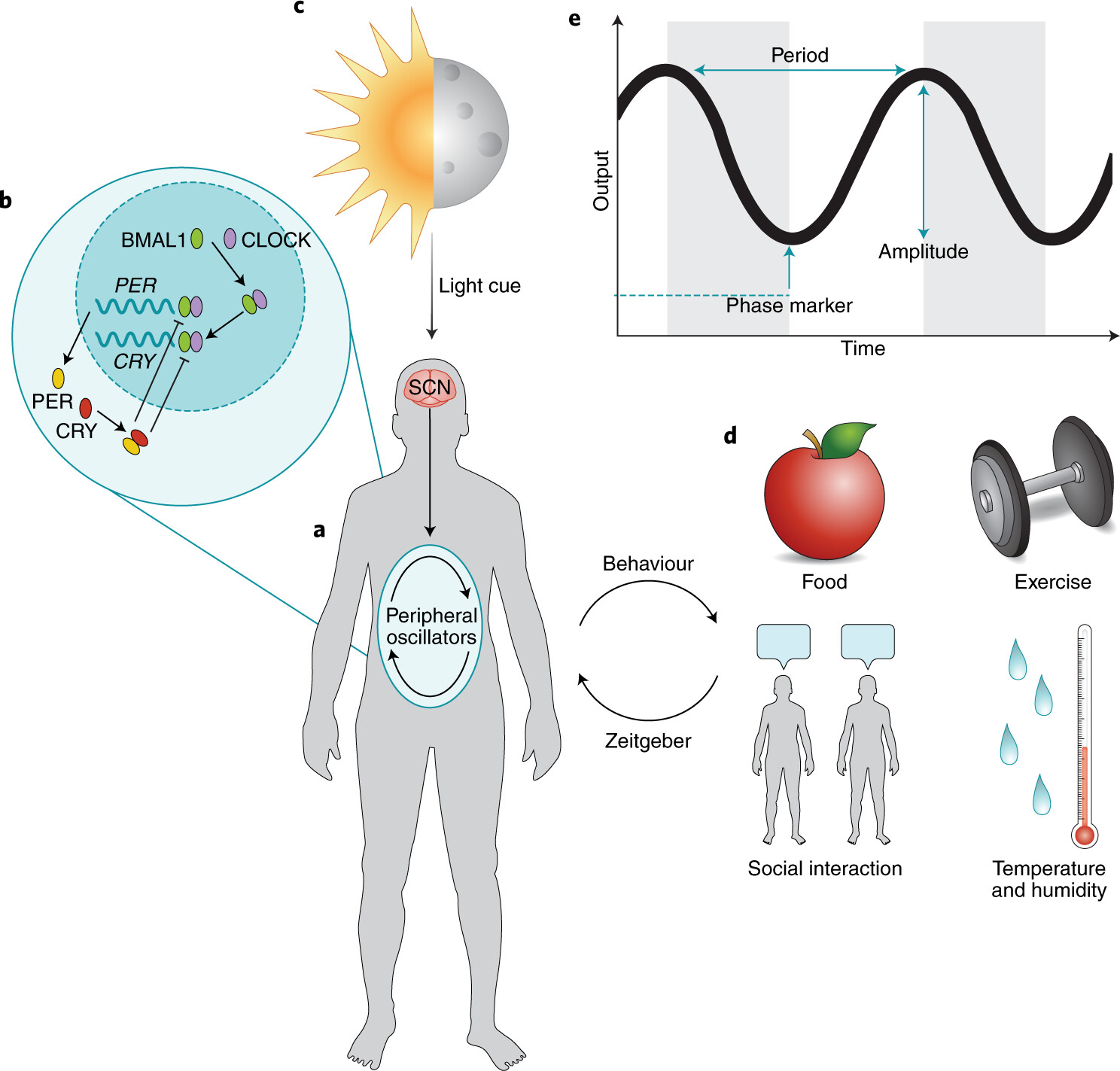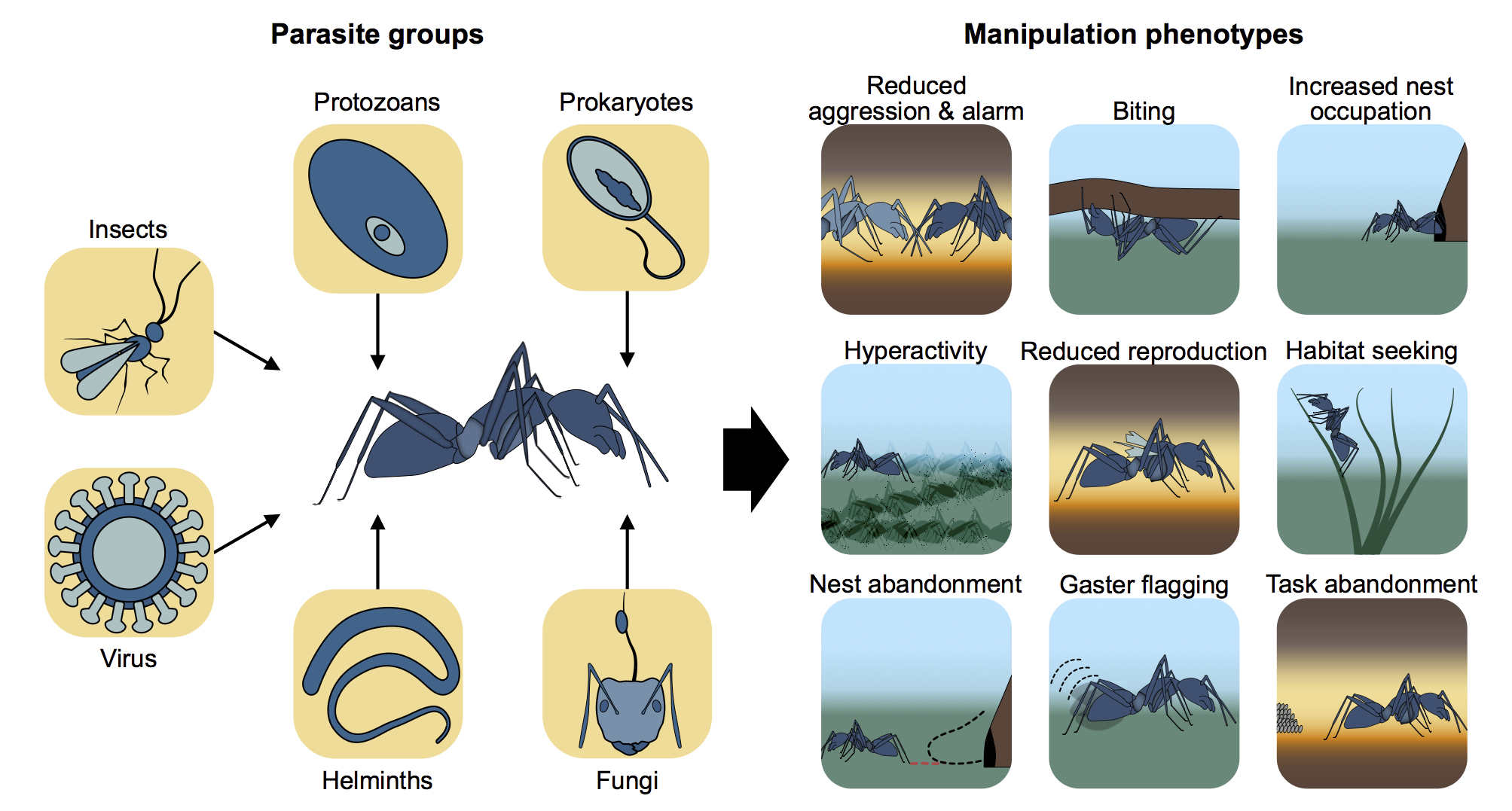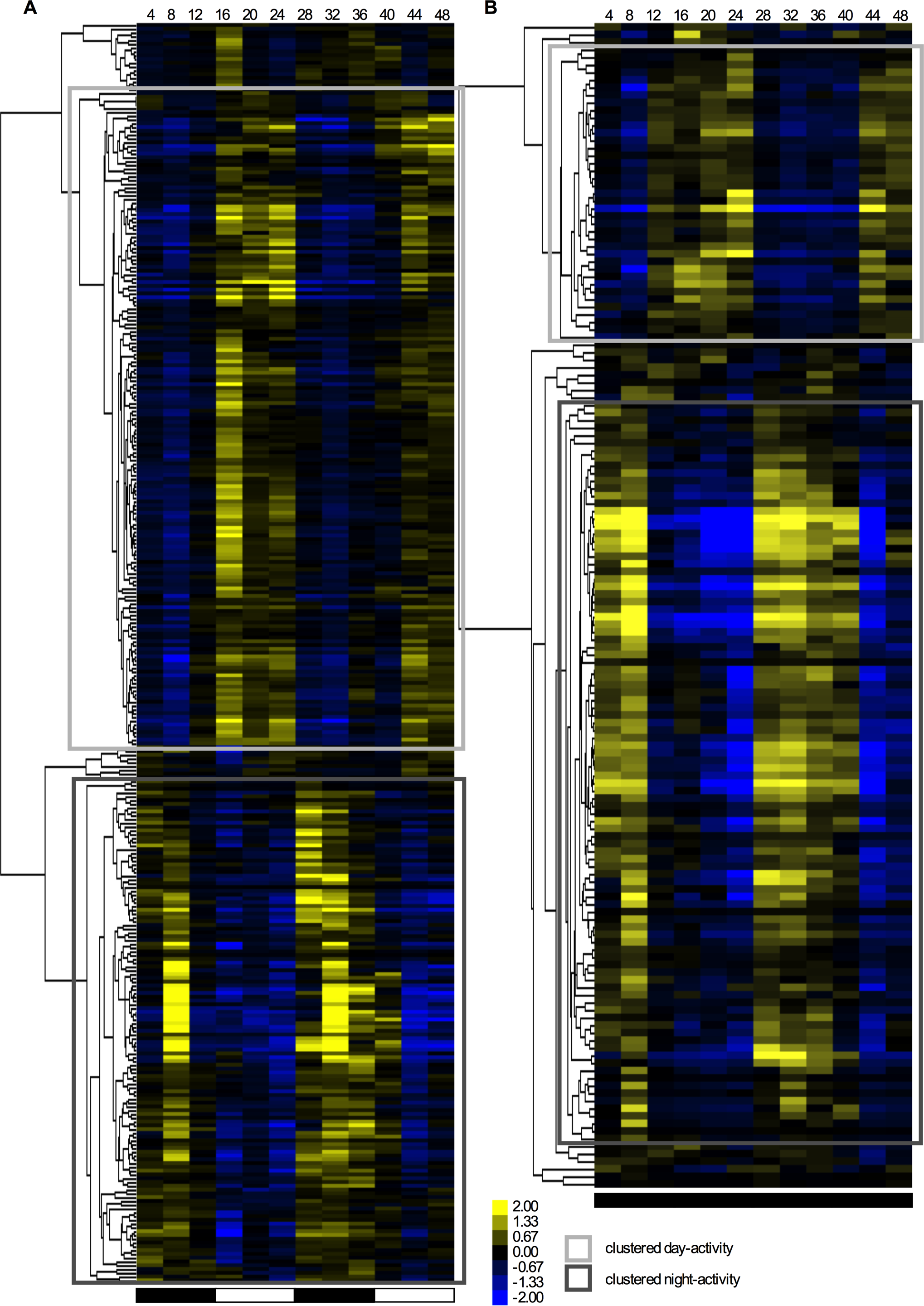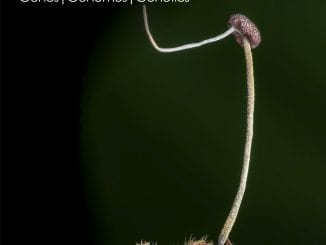
Genetic Underpinnings of Host Manipulation by Ophiocordyceps as Revealed by Comparative Transcriptomics
Check out our latest publication in G3. For this publication, Ian, Biplabendu, Thienthanh, and Charissa collaborated with Robin Ohm from Utrecht University and Andreas Brachmann […]
